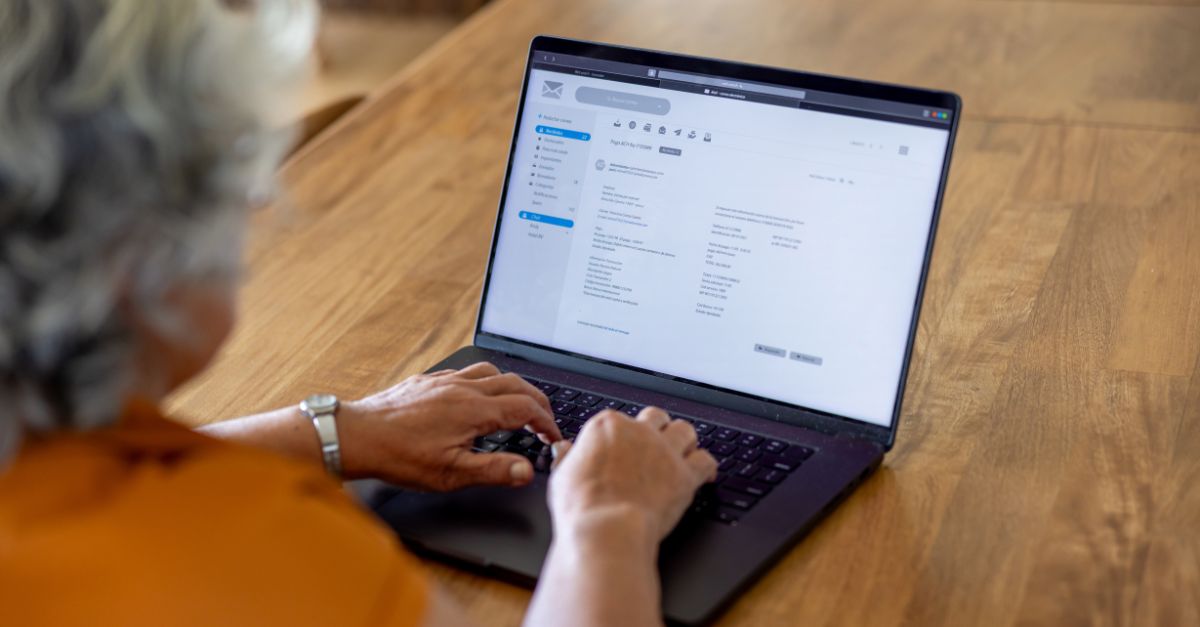When Tim Berners-Lee introduced the World Wide Web in 1989, it was a revolutionary leap in connectivity designed as a simple way to share documents across computers. Since then we have come to recognize August 31st as World Wide Web Day.
It was a read-only experience; no logins, no transactions, no personalized content and certainly no AI. As the web matured, so did our expectations. But whilst the web brought massive opportunity, it also brought a new level of risk.
The World Wide Web didn’t just change how we connect. It forced us to rethink how we secure and trust those connections. We became curious to know how our data is used, how it is protected, whether our conversations are private, and are the people (or businesses) on the other end who they claim to be? And suddenly, it wasn’t enough to purely access a website; we needed to trust it. This trust isn’t accidental; it’s built on a robust framework known as Public Key Infrastructure (PKI), which enables secure communications, authenticates identities, and safeguards digital interactions. PKI is what allows your browser to secure your transactions; and your organization to protect sensitive data and communications.
What is Digital Identity – Who Are We Online?
In the physical world, identity is established through documents such as passports, driver’s licenses, and face-to-face interactions. Online, identity is a little more complex. Digital identity, at its core, answers a simple but vital question: “Are you who you say you are?” Whether it’s logging into your bank account, accessing a corporate network, signing an important document, digital identity is what stands between secure access and a potential breach. It's what allows systems to recognize and authorize you.
4 Key Components of Digital Identity
- Identifiers: Usernames, email addresses, IP addresses, and device IDs.
- Credentials: Passwords, PINs, biometrics, and digital certificates.
- Attributes: Personal information like name, age, and location.
- Behavioral Data: Patterns such as typing speed, login times, and device usage.
These four elements work together to create a unique digital fingerprint. But unlike physical identity, digital identity is fluid and context-dependent; you might be a customer on one platform, an employee on another, and content creator on a third.
This isn’t just about convenience – in fact a simple password doesn’t cut it nowadays – it’s about security. Cybercriminals thrive on impersonation. Phishing, spoofed domains, and credential theft are all designed to exploit weak identity practices. Without a strong way to verify identities online, users are left vulnerable, and organizations risk both reputation and revenue.
Why Digital Identity Matters
- Access Control: Ensures only authorized users can access sensitive systems or data.
- User Experience: Enables seamless logins, personalization, and continuity across devices.
- Security: Helps prevent fraud, impersonation, and unauthorized access.
- Compliance: Meets regulatory requirements like GDPR, HIPAA, and PSD2.
In a world where anyone can create a convincing online façade, digital identity is what separates trustworthy interactions from risky ones. And on the web, trust is everything.
PKI: The Power Behind Digital Trust
So if digital identity is the who on the web, then Public Key Infrastructure is the how.
PKI is the foundational technology that makes digital trust possible, quietly working behind the scenes every time you access a secure website, send an encrypted message, or sign a digital document. By using cryptographic key pairs (public and private keys) along with digital certificates, issued by trusted Certificate Authorities (CAs), PKI verifies identities and protects the data within the connection or communication.
PKI enables:
- Authentication: Verifying that a user, device, or server is who they claim to be.
- Encryption: Securing data so only intended recipients can access it, e.g. email security.
- Integrity: Ensuring that data hasn’t been tampered with during transmission, e.g. code and software signing.
- Non-repudiation: In some instances, provides proof of origin and delivery, critical for legal and financial transactions e.g. digital signatures in line with the eIDAS regulation.
If the digital world operated without PKI, it wouldn’t necessarily be slower, but it would be far riskier. What makes PKI such a powerful asset to organizations is its scalability and automation capabilities; it allows trust to be extended across users, devices, applications, and geographies. And in today’s digital landscape of hybrid cloud-based working, that level of trust and automation isn’t just helpful, it’s essential.
5 Tools for Digital Identity Management and Building Online Trust
- Secure Sockets Layer (SSL) / Transport Layer Security (TLS): Perhaps the backbone of secure digital interactions, SSL / TLS enables encrypted, authenticated, secure connections across the web. Whether transmitting sensitive business or personal data, or processing financial transactions, this ensures that both parties can trust the integrity of their connection.
- Multi-Factor Authentication (MFA): Passwords alone are no longer enough. PKI-backed MFA proves a user’s identity, even if a password is compromised, preventing unauthorized access to critical systems and information.
- Email Security and Authentication: Email is one of the most common attack vectors, but PKI allows recipients to be able to trust their communications again. With email encryption and tools like Verified Mark Certificates (VMCs), users can feel confident in the security and authenticity of their emails.
- Automation: Digital threats are evolving, which means the digital trust ecosystem is changing rapidly to keep up. With changing standards like the shortening of certificate lifespans into 2029, businesses need to ensure that they can adapt and scale. Manually managing security processes like certificate management and renewal are no longer sustainable, but automating these processes allows businesses to keep up, redistribute their resources and future-proof themselves.
- Crypto-Agility and Digital Transformation: We’ve already mentioned that standards and the way that the digital ecosystem operates are changing with a significant impact to organizations, with the evolution of new threat vectors, viable quantum cryptography on the horizon and growing adoption of AI. But emerging philosophies like digital transformation encourage organizations to face these challenges with a flexible approach. Enhancing security infrastructure with crypto-agility in mind allows businesses to pivot quickly in a changing landscape and maintain a strategic advantage.
For most of us, the web just works. We log in, click “buy now”, send files, sign documents and join calls; often without thinking twice. But under every one of these seemingly simple actions is a complex network of digital trust mechanisms working hard to keep your data - both personal and business - safe and secure.
We often take the internet for granted, but World Wide Web Day is a reminder of how valuable a resource this transformational technology is, and a reminder of why we need to protect it. Without PKI, your organization’s internal systems would be vulnerable to impersonation, data breaches, and unauthorized access. Even digital signatures, which in some cases are legally binding, rely on PKI to verify who signed a document and ensure it hasn’t been altered since.
If you are looking to PKI to help you secure your connections, transactions, communications and brand identity and want to have a chat about how GlobalSign’s solutions can help you, get in touch with our team today.







